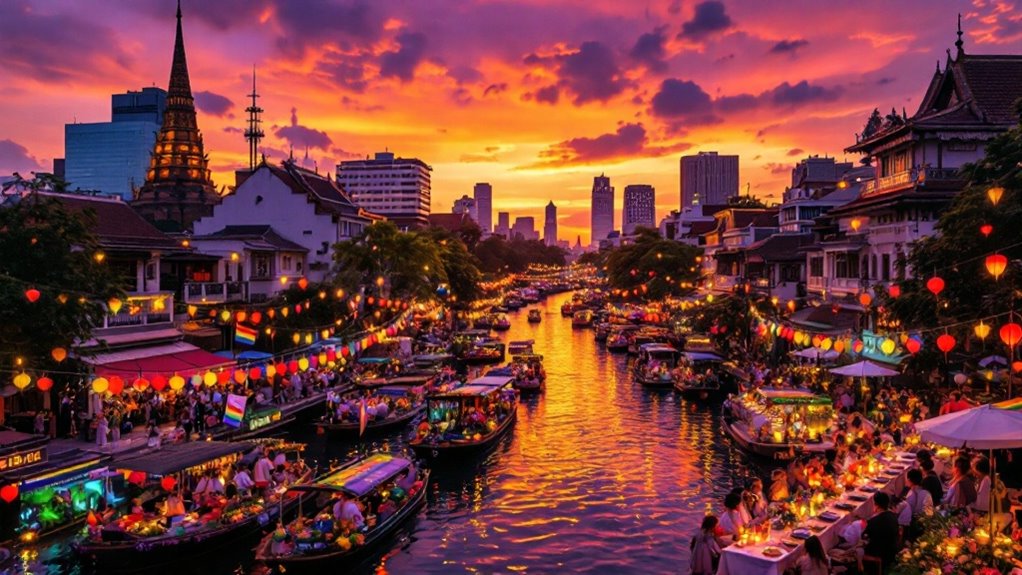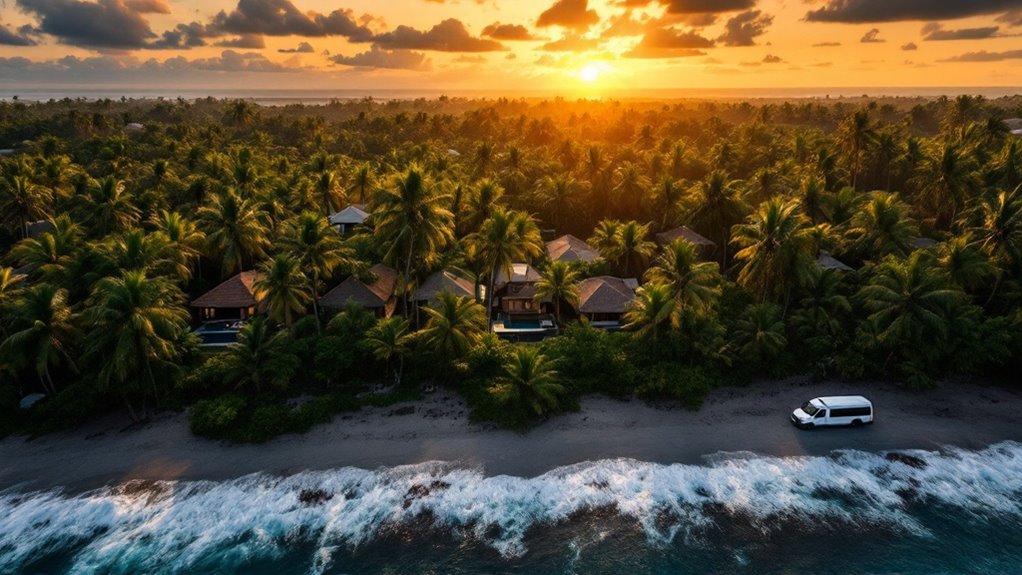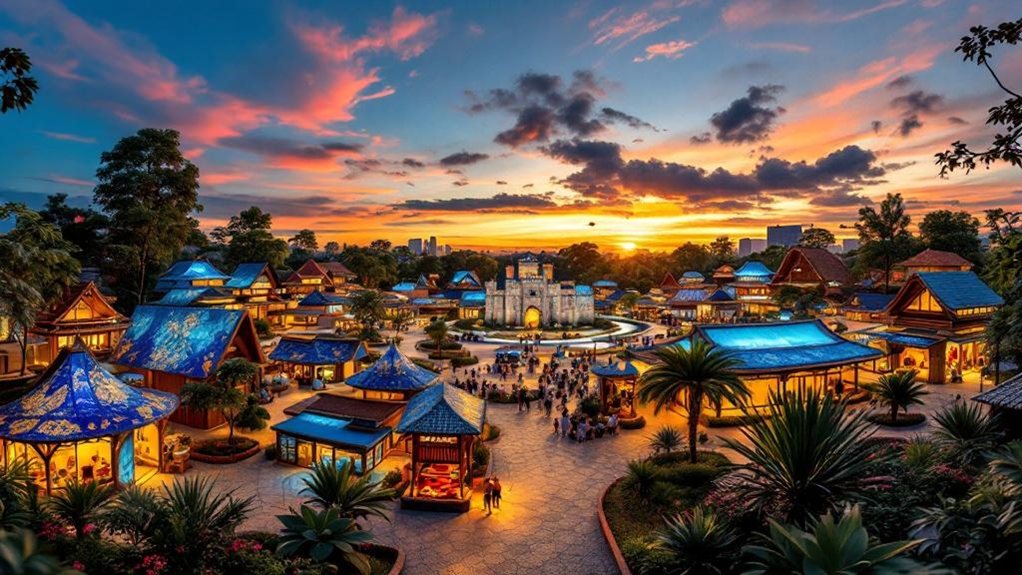Bali’s luxury villa boom is redefining travel standards by combining rapid development with eco-friendly innovations, elevated amenities, and accessible foreign investment. Growth rates above 22% since 2020 reflect heightened interest from digital nomads, retirees, and affluent tourists, who seek private pools, high-speed Wi-Fi, and sustainable designs in prime areas like Uluwatu and Ubud. Regulatory reforms now simplify property acquisition for international buyers, while occupancy rates and rental yields remain strong. Further insights reveal the market’s evolving dynamics.
In recent years, Bali has experienced a significant surge in luxury villa development, with annual growth rates exceeding 22% between 2020 and 2023. The rapid expansion of this sector is closely linked to shifts in global travel preferences, especially following the COVID-19 pandemic. Demand for private, open-air living spaces increased as travelers sought safer and more exclusive accommodations. This shift accelerated a trend that began gaining momentum in 2015, as the island’s property market recorded average annual price increases of 7% over the past five years. Strong investment demand, evolving buyer preferences, and the allure of Bali’s natural environment have all contributed to sustained growth. Limited availability of land in popular areas continues to sustain upward pressure on property prices, making luxury villas in prime locations especially desirable.
The profile of luxury travelers in Bali has also changed. The island now attracts digital nomads, affluent tourists, international retirees, and expat families, all seeking premium comfort, private amenities, and sophisticated design. High-speed Wi-Fi, private pools, security systems, and bespoke interiors are now standard expectations. Many visitors are willing to pay significant premiums for these features, reinforcing Bali’s position as one of Southeast Asia’s most attractive destinations for luxury real estate. This broadening clientele further diversifies the market and sustains high levels of interest in villa properties. Cost-effectiveness drives the preference for villas among budget-conscious travellers, adding another layer to Bali’s diverse luxury accommodation market.
Bali’s luxury villa market thrives as digital nomads and affluent travelers seek private, premium amenities and sophisticated, bespoke living spaces.
Sustainability is increasingly important within the luxury villa sector. Modern developments often incorporate solar panels, rainwater harvesting systems, and locally sourced materials such as bamboo and reclaimed wood. Locations such as Uluwatu, Ubud, and Pererenan are leading the shift toward eco-friendly and energy-efficient construction, with buyers showing a preference for green technologies and off-grid solutions. Regulatory support, including tax incentives for sustainable properties, encourages further adoption of these practices.
Recent legal reforms have made foreign investment more accessible. Extended leasehold durations, clearer foreign ownership laws, and simplified processes for obtaining Hak Pakai titles now provide greater transparency and long-term security.
The luxury rental market remains robust, with high-end villas reporting occupancy rates of 80–85% and annual gross rental incomes between $40,000 and $90,000, while well-positioned properties can surpass $100,000. This combination of growth, innovation, and accessibility is redefining Bali’s luxury travel standards.








